Dear friends,
In South Korea, anyone can uncover the 1700-year history of Korean Buddhism through a “Templestay.” You’ll get to experience the everyday lives of Buddhist monks and practitioners at one of the 900 traditional temples scattered throughout the country, 50 of which participate in the program.
Each Templestay is a little different and offers programming that can include meditation, archery, or horseback riding, to name a few activities.
The temple I chose, Golgulsa, is found in the historic area of Gyeongju, known as “the museum without walls.” Golgulsa is special because it incorporates Sunmudo, a Korean practice that combines yoga, moving meditation, martial arts, and breathing techniques.
I set up my Templestay online, with the help of the Jogyesa Temple in Seoul. The website allows you to see every available temple in Korea and choose your specific options and dates. I took a taxi from where I was staying in Gyeongju and arrived at the temple for the 2:30 pm check-in.
We were given a map, schedule, bed linen, and a uniform: an orange vest with a pair of brown pants that folded and tied at the front. Our rooms were in an ornate building but were themselves nondescript, in Hanok style, with simple pallets for the floor, comforters, and a pillow. Each room was equipped for two to three people, with a small, adjoining bathroom featuring a toilet, sink, and shower hose on the wall.
Our first activity was to climb the hill toward the rock-carved statue of Buddha that the temple is known for. The statue is on the side of a cliff and below it was a pavilion where chairs were set up for a Sunmudo demonstration. Our Temple instructor gave a performance, along with some of the monks, demonstrating their strength and agility through yoga and martial arts.
One monk did an intense style of yoga, contorting his body into all sorts of unpleasant shapes, while the crowd of Korean tourists and Templestay guests oohed and gasped. Another monk performed a meditative dance with giant cymbals, rotating slowly on one foot as he flourished and bowed.
Later, a woman in traditional hanbok sang as the tourists smiled and clapped along. Every performance inspired awe under the serene gaze of the giant Buddha looking toward the Sea of Japan.
After the demonstration, we hiked around a bit and then went to the Sunmudo school building for an orientation to temple life and the start of our training. Our instructor was definitely a character, and although he pretended to be stern, he kept cracking jokes.
A large group of high schoolers and a few of their teachers joined us for orientation. They were two minutes late so they got a talking to from our instructor. He told us there are only two rules we must follow: stay silent, and be punctual.
Next, it was time for Sunmudo training. We got into lines of six and followed the instructor’s movements and breathing techniques. The positions were similar to a yoga class, and they left the high schoolers breathless and giggling.
We made single-file lines and did a series of martial arts kicks across the room. It reminded me of PE class and was quite fun for the adults. We were doing side kicks and bear crawls, then putting a hand on the person in front of us and hopping forward and backward in a line.
Halfway through, the high schoolers gave up, and the instructor allowed them to leave. “We must be patient, they’re just kids,” he told us, after pretending to be disappointed with them.
Finally, the room was quiet as we went back to our original lines and worked on exhaling and inhaling, feeling the breath radiate down to the bottom of our bellies. We were told to only breathe through our noses and to not make a sound.
Lastly, we grabbed a cushion, faced the drawing of Buddha in the middle of the front wall, and did 108 prostrations. Buddhists do 108 bows to represent basic mental sufferings, which come from the meeting of the sense organs. The bows were meant to purify our mind, body, and spirit, and they reminded me a little of burpees at the gym. Some of these Korean grandmothers would put the most fit Crossfit bros to shame with the way they agilely fell to their knees and got right up again, 108 times, with no rests.
After taking our final bows, we headed to the dining hall for Barugongyang, a meal where members of the monastic community share food and “not even a single drop of water is wasted.”
They said the dinner would be simple and vegetarian, but they honestly prepared us a feast of kimchi, tomato soup, rice cakes, tofu, bean sprouts, and pineapple slices, which were all made fresh by the kitchen staff. We were told we could not leave even a grain of rice on our plates so I tried not to pile too much food so I could eat it all and not shame the monks or my instructor.
We were technically supposed to be silent during dinner, but we ended up breaking that rule as I got to know my fellow travelers: a journalist from New York living in Korea, an Englishman on a solo holiday, and a therapist from Busan who had become friends with the journalist in a K-Pop dance class. We all got along, and I even befriended the journalist and therapist and met up with them later in Busan.
After dinner, we did the washing up ourselves, following another Buddhist trait of Ullyeoh, or collaborative labor, where everyone contributes and works together to get a task done.
At the end of the day, we had a couple hours of free time until bed at 9 pm. I walked alone back toward the grotto to get another glimpse of the carved Buddha at night. Later, I learned I wasn’t supposed to do this as there are wild pigs in the area, but I re-read those instructions after I was already back in my room.
That night, I wrote in my journal that as someone who loves exercise classes, quiet contemplation in nature, tea time, and going to bed early, I was beginning to think monk life could be for me.
We rose early at 5 am for a chanting service and meditation called Yae-bul. Once we entered the main hall, we bowed three times, then sat and listened to the sound of the Moktak, an instrument that monks use.
The meditation ended up being pretty epic. During the process, the constant pain I’ve had in my upper right back for the last three years magically disappeared as I focused on my breath. I nearly cried, my back felt so good. (The pain has since reappeared, so I’m not suggesting that Buddhist meditation cures all ailments, but breathing techniques, proper posture, and stretching definitely helps.)
I felt incredibly relaxed although my left foot fell asleep, I started fidgeting, and my mind wandered. I have a long way to go until enlightenment, but I enjoyed the process.
Next, we did walking meditation. It was freezing outside so our instructor allowed us to stay in the hall, and we were told to walk as slowly as we could toward the portrait of Buddha in the front of the room. As a slow walker, this task was easy, and it felt good to focus on the movement and stretch my legs. When we got to the Buddha’s portrait, we were supposed to envision him saying something to us, a sentence or a phrase. I didn’t hear anything, of course, but I did feel a sense of comfort and gratitude.
After morning meditation, we went back to our rooms for a nap, then we had more Sunmudo training, which was much more peaceful this time as the high schoolers had left early. Later, I hiked back up to the carved Buddha with my friend from Busan, until it was time for a tea ceremony with our instructor.
The instructor prepared tea for everyone in a special room where we sat cross-legged in a circle, passed the cups around, and then he answered a few questions about monk life.
For example, it takes about five years to become a Korean monk, and the first year is spent serving others at a temple, and then the next four at a special training school. Although their families are allowed to visit the monks, it’s not always encouraged, as the monks are trying to leave behind worldly attachments.
They shave their heads to symbolize ending all attachments that are not a part of their lives at the temple. Our instructor told us that he failed at being a monk because he loved “girls and money,” but he still had deep respect for the lifestyle and practice.
After my experience at the temple, I understand the appeal, especially for introverts. I feel monks form strong attachments with nature, themselves, and humanity in general. The path to enlightenment is simple, steady, and seems to bring a true sense of peace.
However, I also know how strongly I’m attached to life outside the temple, and I know I’d choose my loved ones over living as a monk for the rest of my days.
Until next time,
Ash




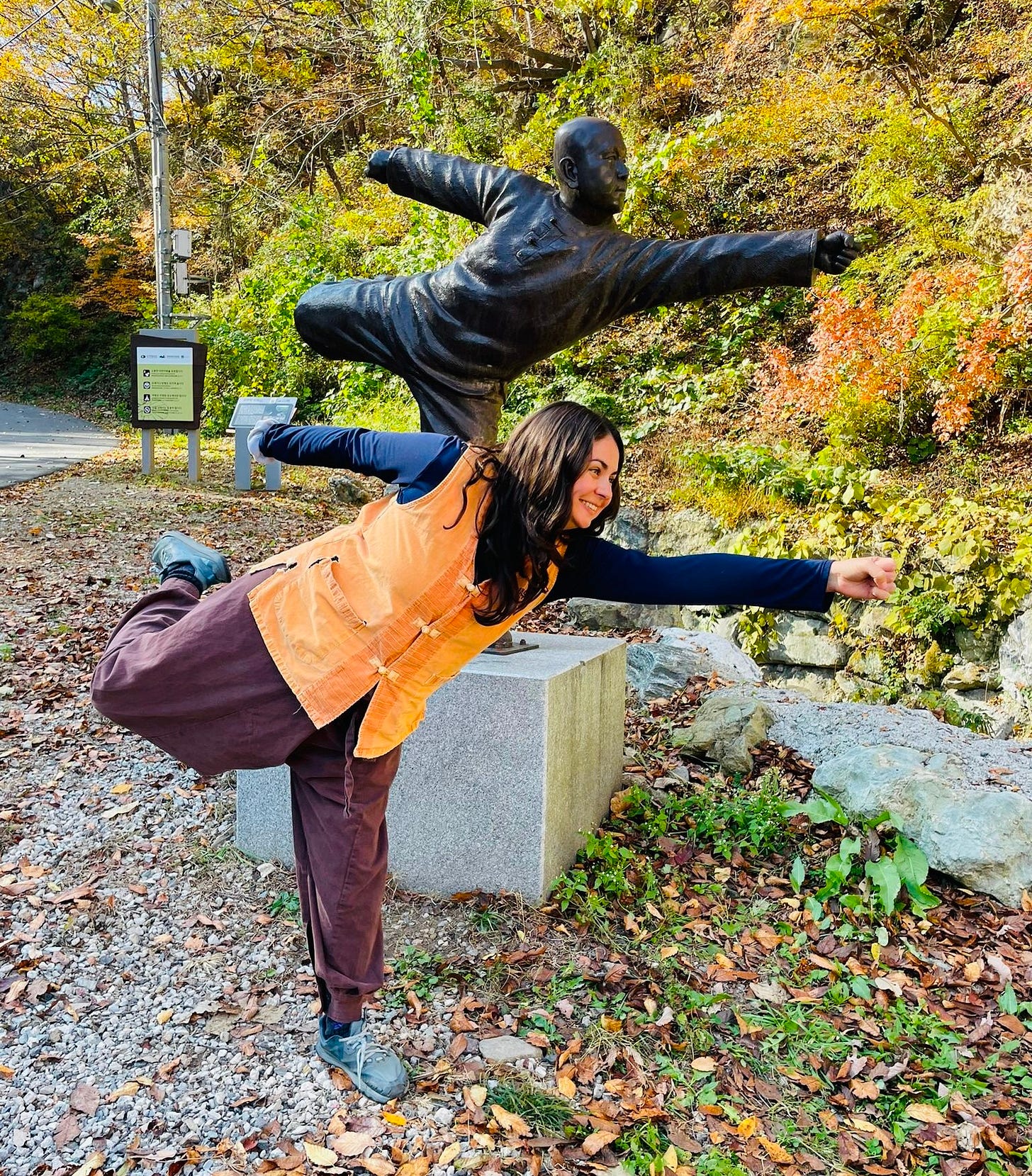
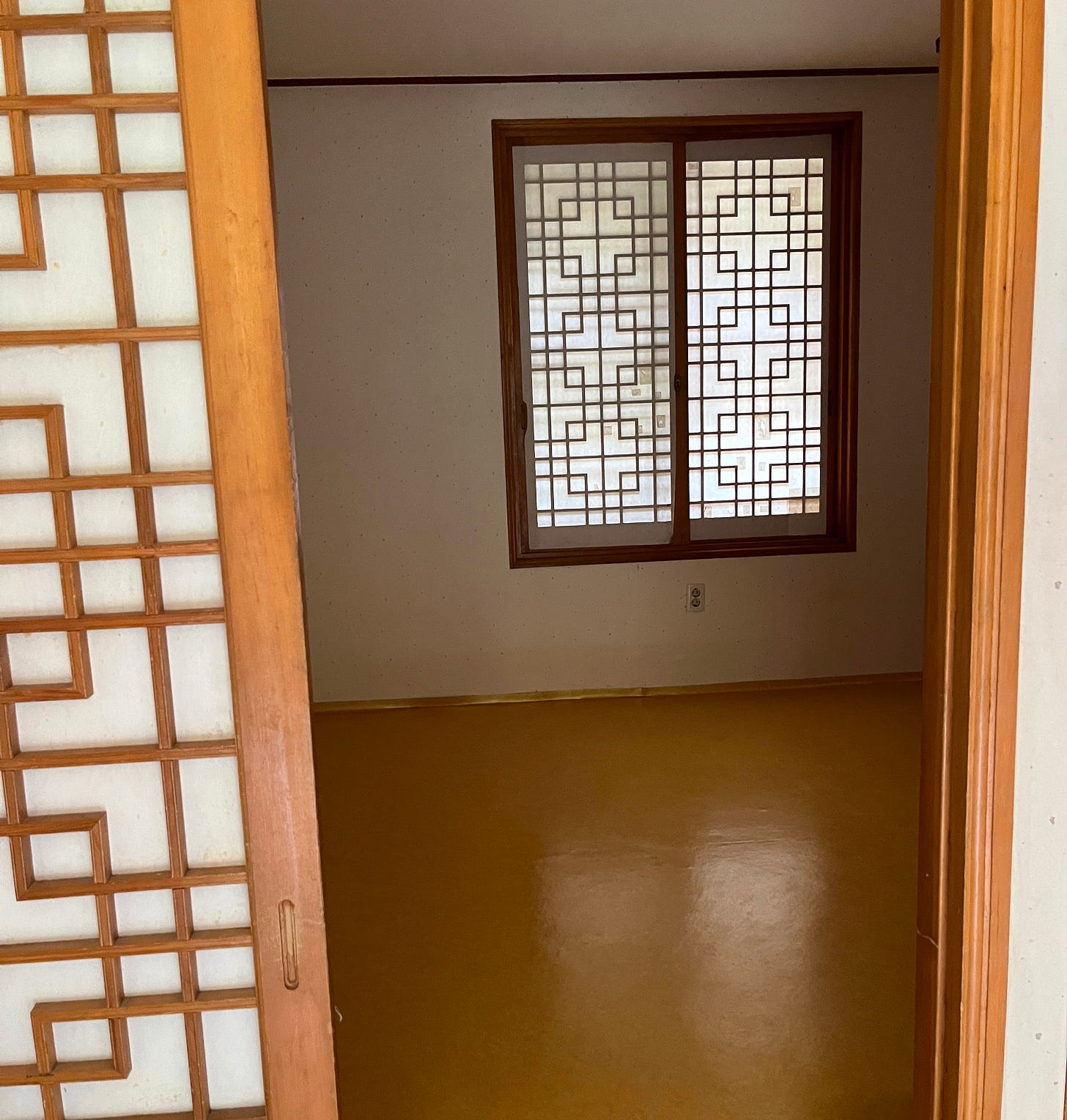
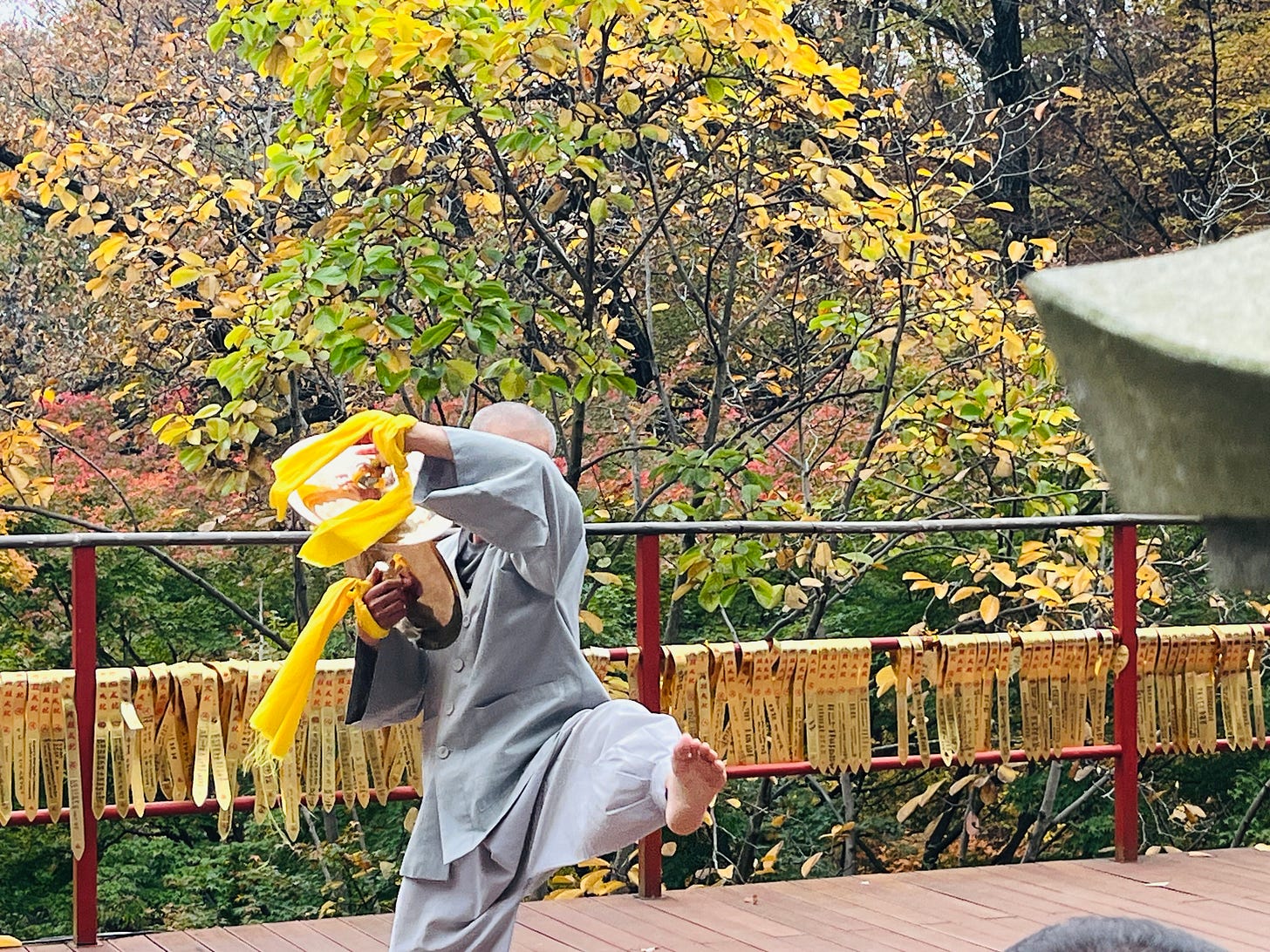


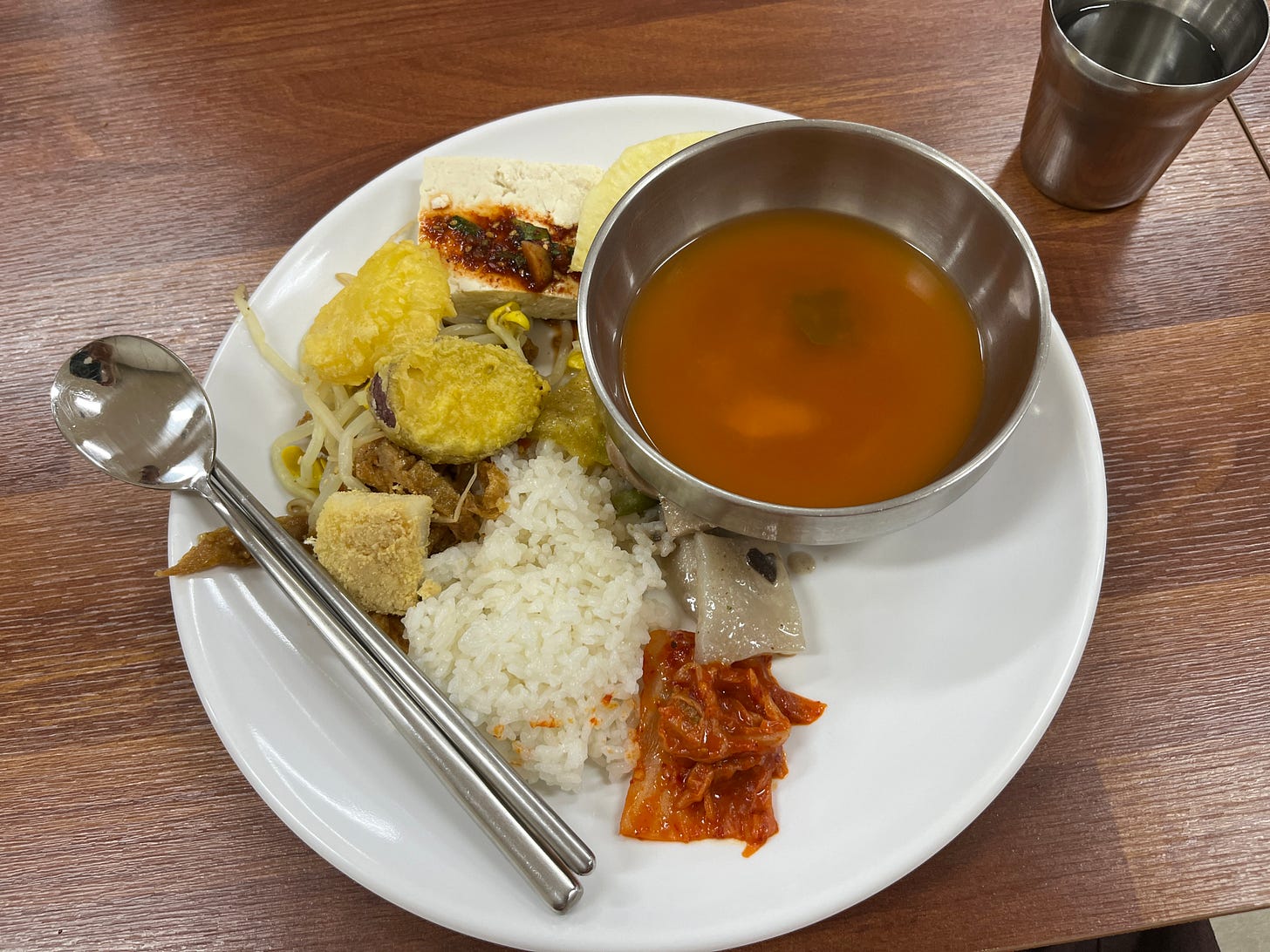
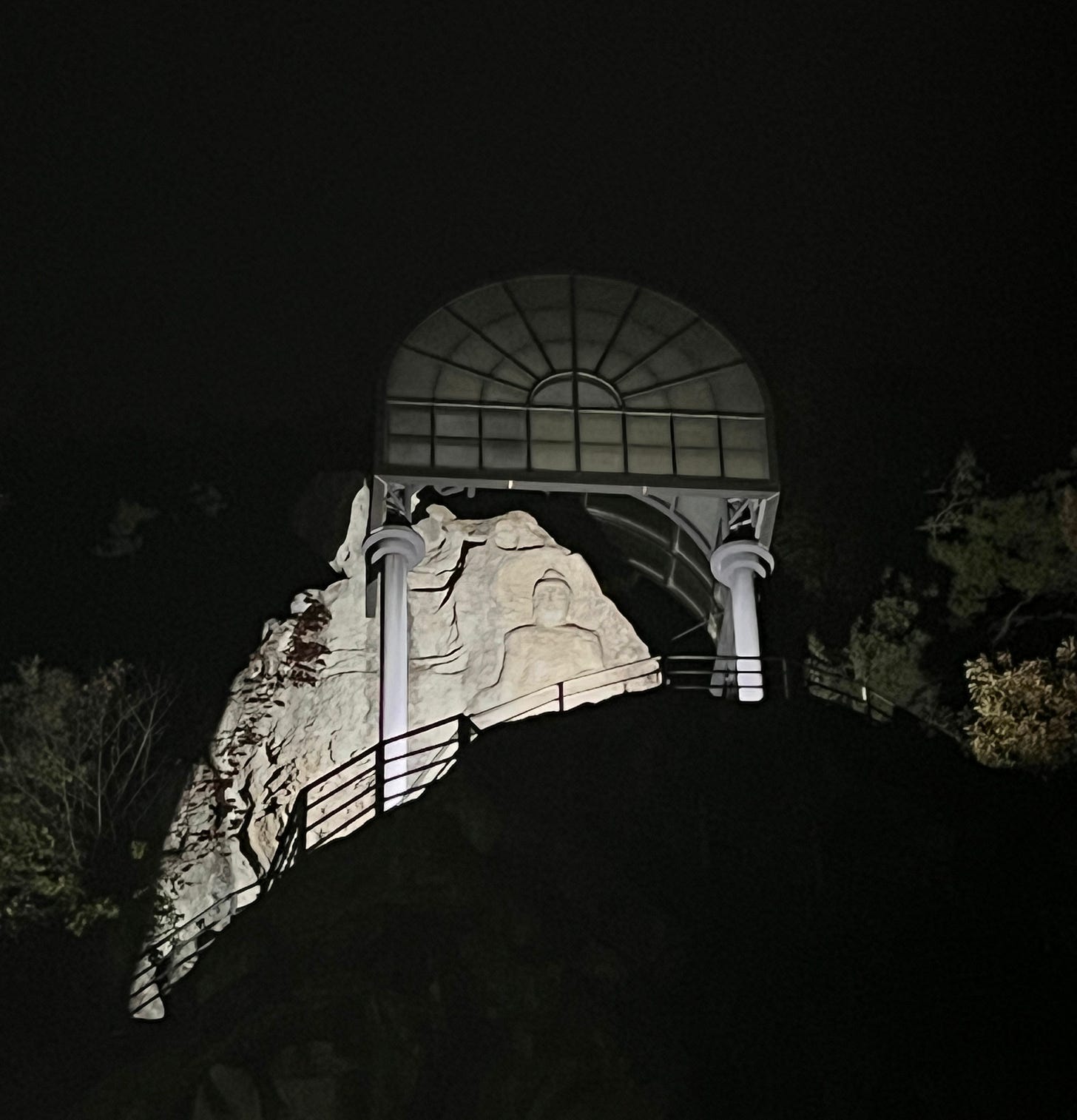
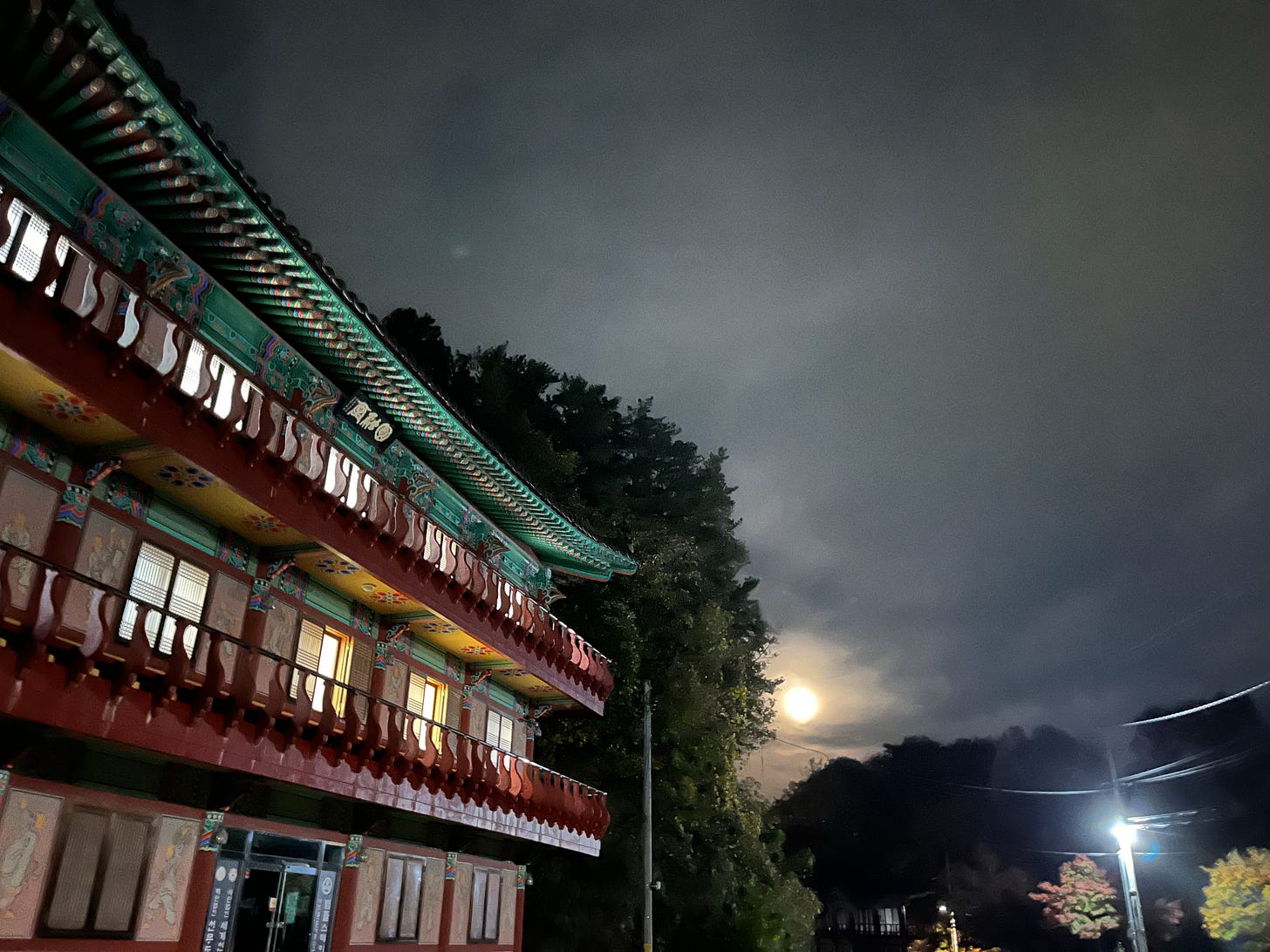


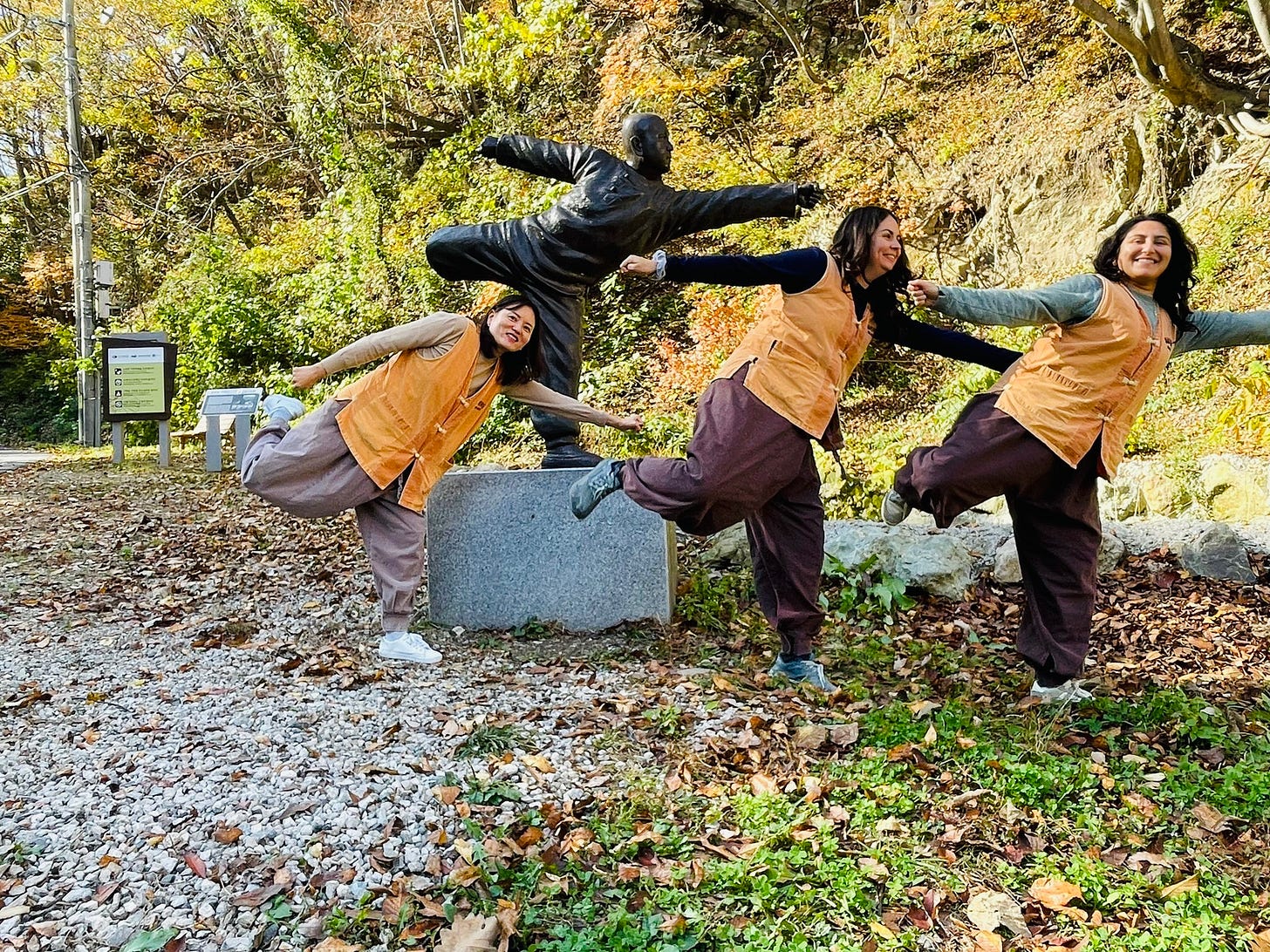

Wow what a unqiue experience you've had. Thanks for sharing it with us!
This is very cool! Amazing experience! How many days did you pass in the temple?